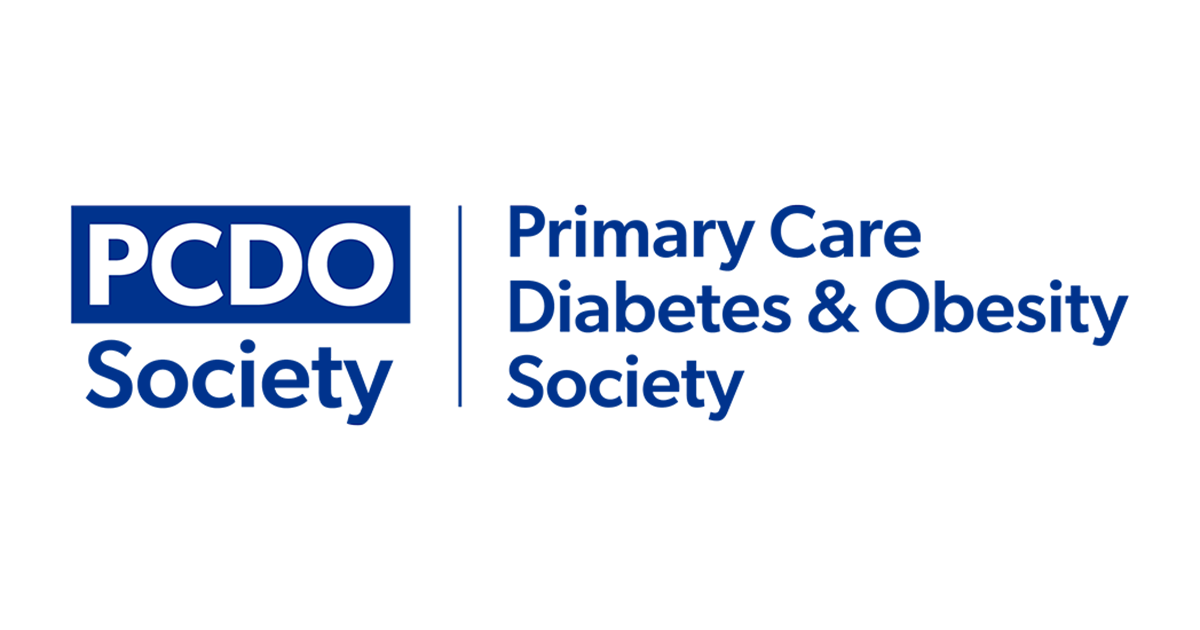Did you attend the Primary Care Diabetes Society (PCDS) inaugural meeting in November? Until then I thought I was the only killjoy on ‘structured education’. It emerged then that many people felt pressured into purchasing existing education programmes to meet targets and I was not alone. Just in case you’ve missed this must do: primary care trusts (PCTs) are to have funded plans for structured education for patients in place by January for implementation by April 2006 (Department of Health, 2005a). I’m not against structured education for people with diabetes – I’m all for it. I think they deserve it. They live with diabetes and its constraints day in, day out, lifelong. We merely hover in the background much of that time trying to be useful to them in whatever way we can. No, I agree that structured education with a written programme, quality assurance and audit, as advised, is the way to go. But why the sudden rush?
The National Diabetes Audit
The National Diabetes Audit for 2003/2004 (Health and Social Care Information Centre, 2005) found that one in four people live with diabetes without knowing it; indeed, women over 40 are a particular concern with nearly half the population with diabetes remaining undiagnosed. More than half of people with diabetes are not meeting glycaemic targets set by the National Institute for Health and Clinical Excellence – yet tighter control is advocated. And, remember that National Service Framework target of 80?% of people with diabetes to be offered eye screening by 2006? Apparently we’re not even half way there (Health and Social Care Information Centre, 2005).
We need to prevent diabetes. We need to treat people with it effectively. We do need to engage patients in their own care and provide high quality education. What we also need is resources to do it. Structured education is expected to save money by providing group sessions, thereby cutting the need for one-to-one contacts. It is also anticipated that it will enable us to cope with the increasing numbers of people diagnosed.
Who will run the course for the patients, how the less advantaged will access it, how it fits into practice-based commissioning and who will pay for it is up to local decision makers. Which brings me back to the structured education debate. DAFNE (Dose Adjustment For Normal Eating) and DESMOND (Diabetes Education and Self-Management for Ongoing and Newly Diagnosed) are undoubtedly good programmes but they come at a price. Most PCTs are financially challenged and struggling with changes to their structure. Many are working with primary care teams to develop structured education programmes relevant to their needs and are making good use of local resources.
Why can’t existing programmes share their resources with us to build on locally without us having to buy the whole package? The guidance on structured education recognises it may take 3 years to evaluate a new programme but auditing may demonstrate they are as effective as DAFNE and DESMOND. Surely we should be pursuing all avenues for patient education rather than being directed down set, and expensive, routes.
New avenue
Another new avenue of care emerged recently. Some are for it, some against. I’m talking about the doctors’ hierarchy and nurse prescribing. Previously we nurses could prescribe from a limited formulary (not covering diabetes unless the thought of prescribing test strips or glucose excites you) or by supplementary prescribing through an agreed Clinical Management Plan (CMP), in which case we could prescribe from the whole British National Formulary. The new plan dispenses with the CMP (DoH, 2005b) from April 2006. This does not mean we are likely to prescribe outside of our knowledge, skills and competence. We can work together as a team on this. Go on. Trust me. I’m a nurse.




Seeing rising numbers of people with private prescriptions for injectable weight loss drugs, Jane Diggle discusses how to maximise their benefits.
3 Mar 2025